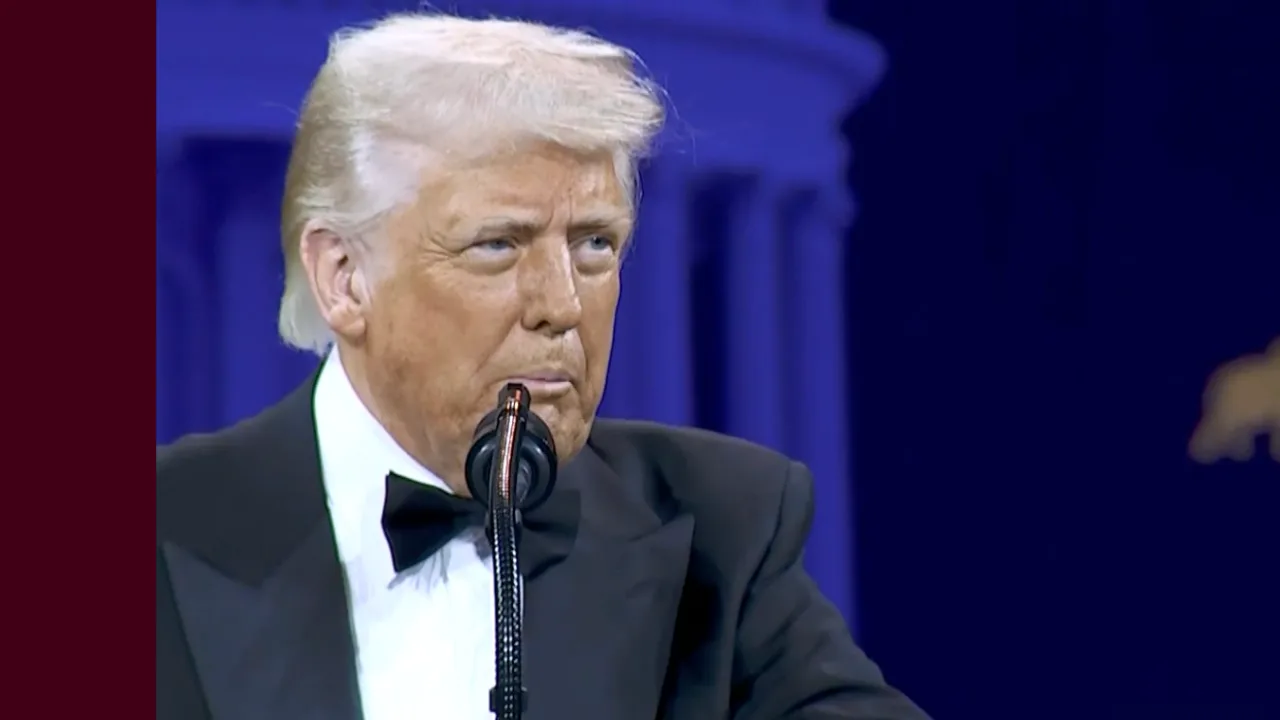Most of the famous value investors like Benjamin Graham and Warren Buffett recommend some mix of shares and bonds in your portfolio. If you aren’t holding bonds right now, the SPDR S&P/ASX Australian Bond Fund (ASX: BOND) might be worth considering.
About ETFs
ETFs are investment funds that are listed on a securities exchange. They can be ‘managed funds’ or ‘index funds’, or in other words, active or passive.
Typically, ETFs give an investor exposure to many different shares or assets with a single purchase, offering one of the quickest and easiest methods of achieving diversification.
SPDR Bond Fund
The SPDR Bond Fund is an ASX-listed ETF run by State Street Global Advisors. It is designed to track the returns of the S&P/ASX Australian Fixed Interest Index through a portfolio of 143 different holdings.
Unlike the BetaShares Australian High-Interest Cash ETF (ASX: AAA) that I looked at last week, the SPDR Bond Fund invests in high-quality government and corporate bonds, while AAA is invested in term deposits. Historically, this has given BOND a higher return and, to me, it makes BOND a more compelling option for a defensive investment.
Around 55% of the BOND ETF is invested in Commonwealth Government securities, while the rest is allocated to Semi-Government (State Government), corporate bonds and other government-related bonds.
Almost 75% of the ETF is allocated to Aaa-rated bonds, and all holdings are considered investment-grade.
Over the last 12-months, the BOND ETF has benefitted from RBA rate cuts which tend to boost the value of bonds. The 12-month return to June 30th 2019 was 10%, while over a five-year period the ETF has returned 5.03% per year assuming all quarterly dividends are reinvested.
The current yield of the BOND ETF is 3.32% per year, which certainly beats the return of savings accounts and most term deposits. It’s uncertain where rates will go next, but many prominent brokers are still predicting further rate cuts this year which could elevate the BOND ETF’s performance further.
Fees And Risks
Management costs for the BOND ETF are 0.24% per year, and as a result, the ETF has slightly underperformed its index over the long term.
Typically, the biggest risk to bonds is an increase in interest rates because it would push the prices of the bonds inside the ETF lower.
While most rate predictions for the next 12-months show the interest rate being cut again (good for the BOND ETF’s short term returns, it’s not a certainty. The other consideration is that with rates already at record lows, the RBA might be hesitant to cut much further. If rates remain low over the long term, I wouldn’t expect BOND to continue returning 5% per year.
Investors in this ETF should not rely on rate cuts and should be investing for the current yield and diversification benefits. If that’s the reason for investing, this is certainly an ETF worth considering.
For our number one ETF pick, have a look at the free report below.
[ls_content_block id=”14948″ para=”paragraphs”]
Disclosure: At the time of writing, Max does not own shares in any of the ETFs mentioned.








